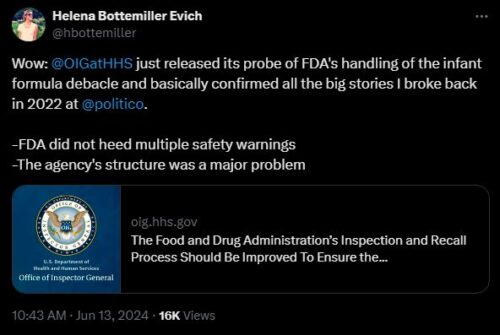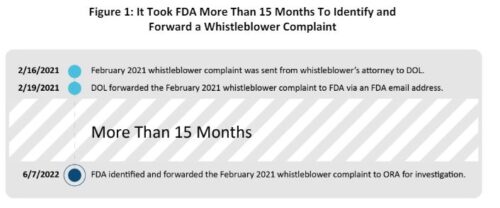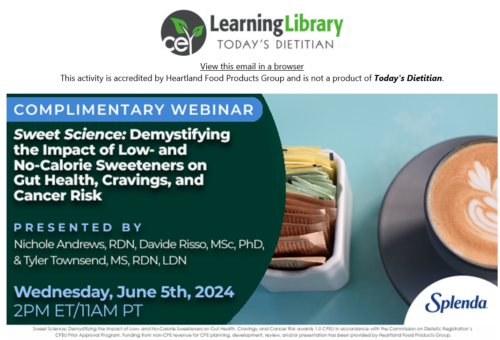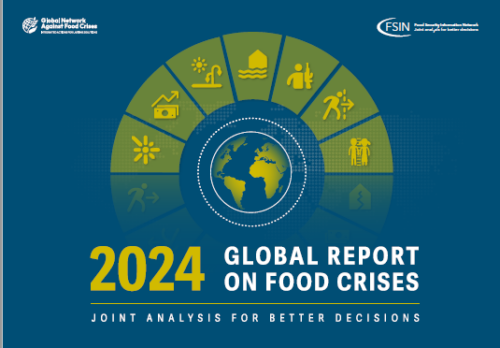Industry-funded studies of the week: Grapes
The California Table Grape Commission funds lots of research for an explicit purpose: “to help discover how and why grapes are beneficial to health.”
It lengthy list of funded projects is here. Published studies are here.
You want to do one of these studies? Let them know here.
Grape research is conducted using a freeze-dried table grape powder, designed to facilitate reproducible data and to provide researchers with a grape sample that is available year-round. Additionally, a grape powder placebo is made available.
Comment: If you want funding, you need to design your study to show benefits. The Commission is unlikely to risk funding proposals unlikely to show benefits. [Thanks to David Michaels for sending this one].
And Charles Platkin sent me the press release for one of the Commission’s funded studies: Hu, W., Zheng, R., Feng, Y., Tan, D., Chung-Tsing, G.C., Su, X., and Kim, J.E. (2023). Impacts of regular consumption of grapes on macular pigment accumulation in Singapore older adults: a randomized, controlled trial. Food Funct. 14, 8321-8330. Doi: 10.1039/d3fo02105j. The abstract is here.
Conclusions: Regular intake of grapes may improve eye health in Singapore older adults, specifically in augmenting MPOD, which can be explained by an increase in plasma total antioxidant capacity and phenolic content, and the downregulation of AGEs.
I’m all for eating grapes and every other fruit. Does one kind of fruit have more substantial effects on health than any other? The study did not compare grapes to any other fruit; it just looked at the benefits of grapes.
I’m guessing lots of other fruits will do the same.
The moral: eat a variety of fruits and vegetables. And be skeptical about the importance of studies like this.





 Comment
Comment



